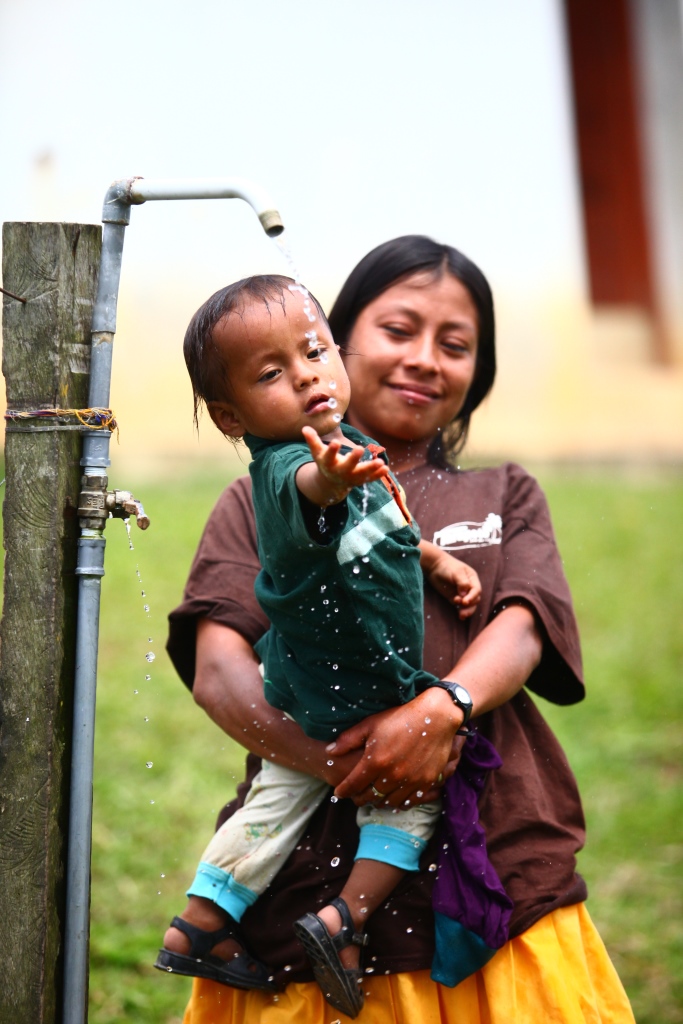Peru’s economic boom leaving rural children behind

Above, Marlith Amasifuen Ishuiza and her son Bryan Sangama at a community water tap in Aviación, a rural town of about 300 people in Peru’s northern Amazon region. With support from Oxfam, women in Aviación worked together to cultivate a traditional garden, which protects their indigenous Kichwa culture while providing an additional source of food and income for their families.
I thought of my 2012 visit to Avación when I read “The Kids Left Behind by the Boom,” a moving op-ed by journalist Marie Arana that appeared in yesterday’s New York Times. With the story of 12-year-old Henrry Ochochoque, Arana touches on many of the same issues that Oxfam’s programs in Peru seek to address: the stark inequalities between the flourishing capital city and the struggling rural villages; the environmental and human costs of out-of-control natural resource extraction; and the still-persistent discrimination that leaves many indigenous people shut out of the country’s recent economic boom.
As Arana points out, these problems affect kids first and foremost. Henrry, and many others like him, are getting “an education that will leave [them] drastically unprepared for the 21st century. … 78 percent of Peru’s indigenous children live in poverty. A third of all rural children suffer chronic malnutrition. … For Henrry, despite his A’s and sunny optimism, the Peruvian boom may as well be on the moon.”
In the face of challenges like this, it’s hard to be optimistic about the future. But for Henrry’s sake, and Bryan’s too, I hope we’ll see some changes before they grow up.